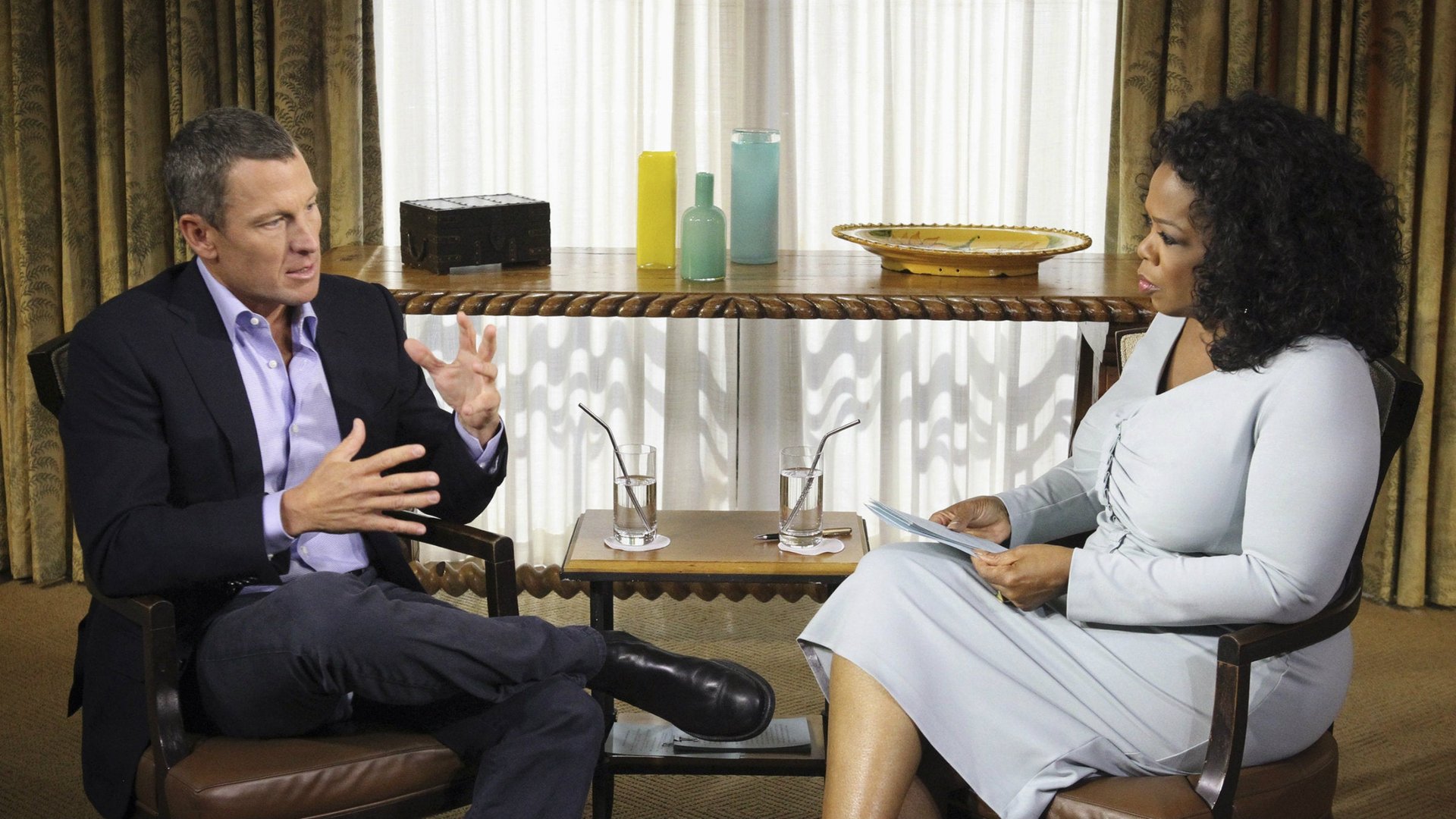No athlete has fallen faster or harder than Lance Armstrong. Why his road to redemption won’t be along Madison Avenue
In a 1999 internal corporate video, Nike chairman Phil Knight’s emotional voiceover captured the essence of the Lance Armstrong brand. “Lance is not only a World Champion, a Tour de France Champion. …he is hope in a man.” The rare, almost unbelievable, combination of character, charisma and athletic talent gave the cyclist a platform usually only reserved for mainstream sports stars and had mainstream brands drooling over his crossover appeal.


In a 1999 internal corporate video, Nike chairman Phil Knight’s emotional voiceover captured the essence of the Lance Armstrong brand. “Lance is not only a World Champion, a Tour de France Champion. …he is hope in a man.” The rare, almost unbelievable, combination of character, charisma and athletic talent gave the cyclist a platform usually only reserved for mainstream sports stars and had mainstream brands drooling over his crossover appeal.
No one has fallen faster or harder. Not Tiger, not Michael Vick, not Kobe Bryant. And yet all three have been pointed to as case studies of how athletes can rebuild their image and reputation. All signs now point to Armstrong embracing the same formula to recapture some of his former glory. It goes something like this:
Apologize. In the movie Eight Men Out, the young boy says to Shoeless Joe Jackson in the wake of the “Black Sox” Major League Baseball scandal: “Say it isn’t so, Joe.” Fans don’t want to believe their heroes have flaws but in order to rebuild their image those fallen heroes have to own up to their actions. Fortunately these athletes live in a land of second chances.
Act Responsibly. What follows the apology is not words but action. Athletes that have rekindled their image and likeability have convinced their fan base that they’ve learned their lesson and changed their ways. In entering this “new chapter,” the athletes are suddenly aspirational again in rebounding from personal and professional scandal. Just as fans want to see their teams win again they want to see their heroes win again too.
Achieve Athletically. Perhaps more than anything else, the ability to “return to glory” serves as a catalyst for redemption. A core brand equity of these athletes is a consumer perception that they are better than the rest. Those who have recaptured the attention of core sports fans are at least in a position to garner attention from marketers for their ability to potentially sell endemic products.
Armstrong will test this formula like never before. His apology, given his vehement denials and bullying tactics, will be held to a higher standard of authenticity and humility. His only remaining credential—as a cancer survivor—will be tested through the way in which he demonstrates his continued advocacy for cancer research and treatment programs moving forward perhaps without the same visibility afforded him through the Livestrong Foundation. Perhaps most interesting will be whether he indeed tries to gain entry back into competitive sports either through cycling or triathlons. While there will be a novelty effect in him competing, his performance will dictate whether he can salvage any of that original athletic fame.
Forced to make a prediction, I suspect Armstrong’s road to redemption will not include Madison Avenue. Brands will simply see him as an unmarketable brand; the same fate we’ve seen with the likes of Barry Bonds and Marion Jones. Perhaps he will re-emerge as a genuine philanthropic hero and use what’s left of his celebrity and notoriety to continue that important work. But sadly, and despite all his upcoming public relations strategy, there is really no hope in a man who so fundamentally disappointed his fan base.